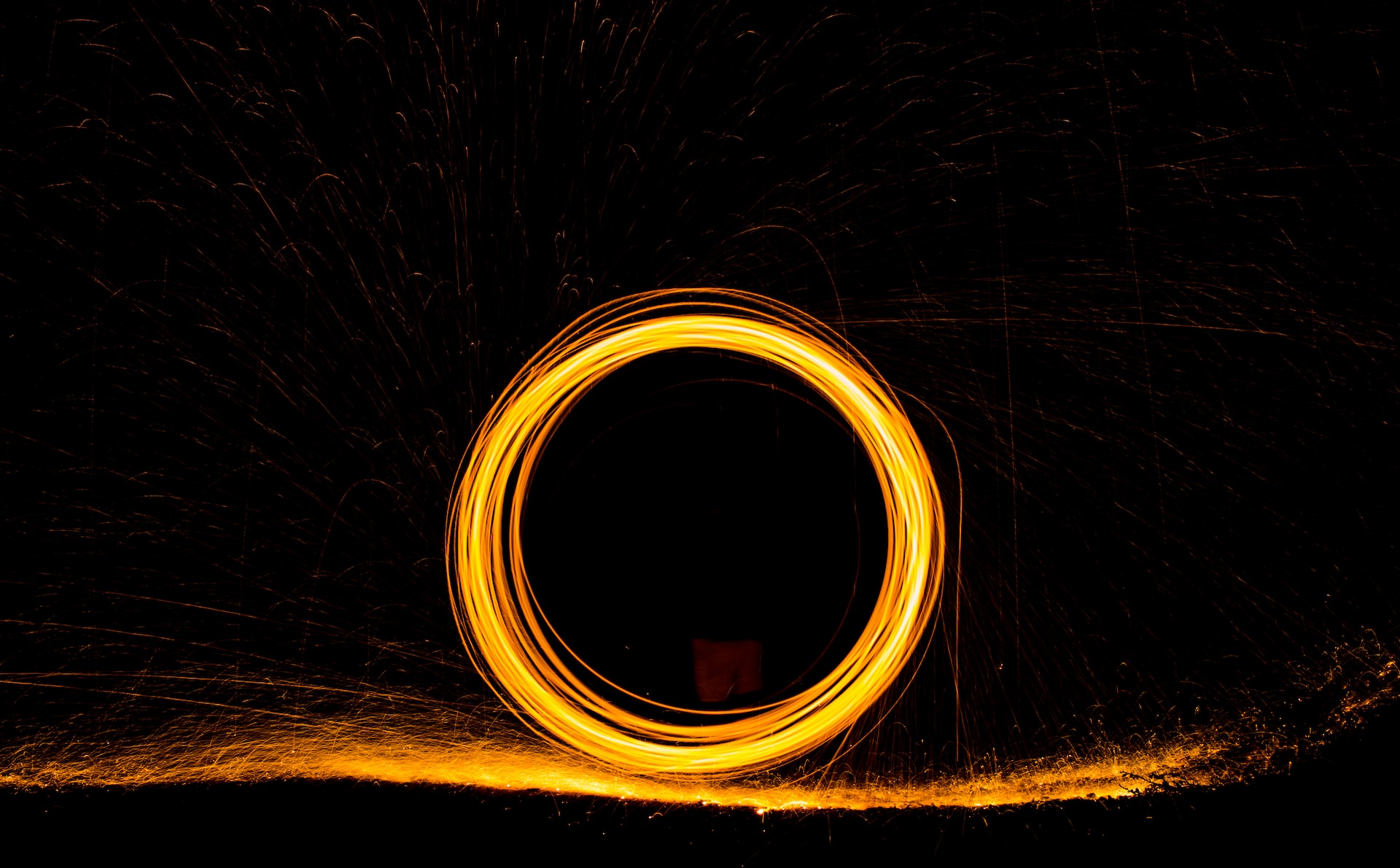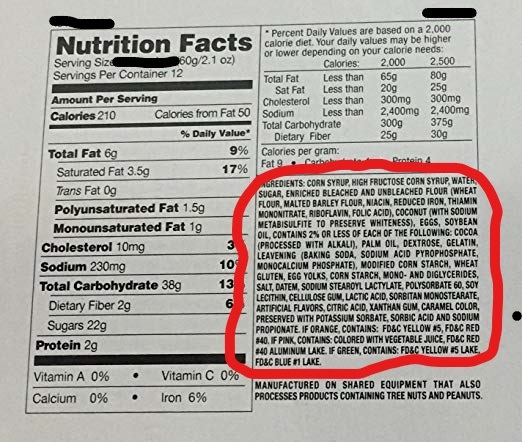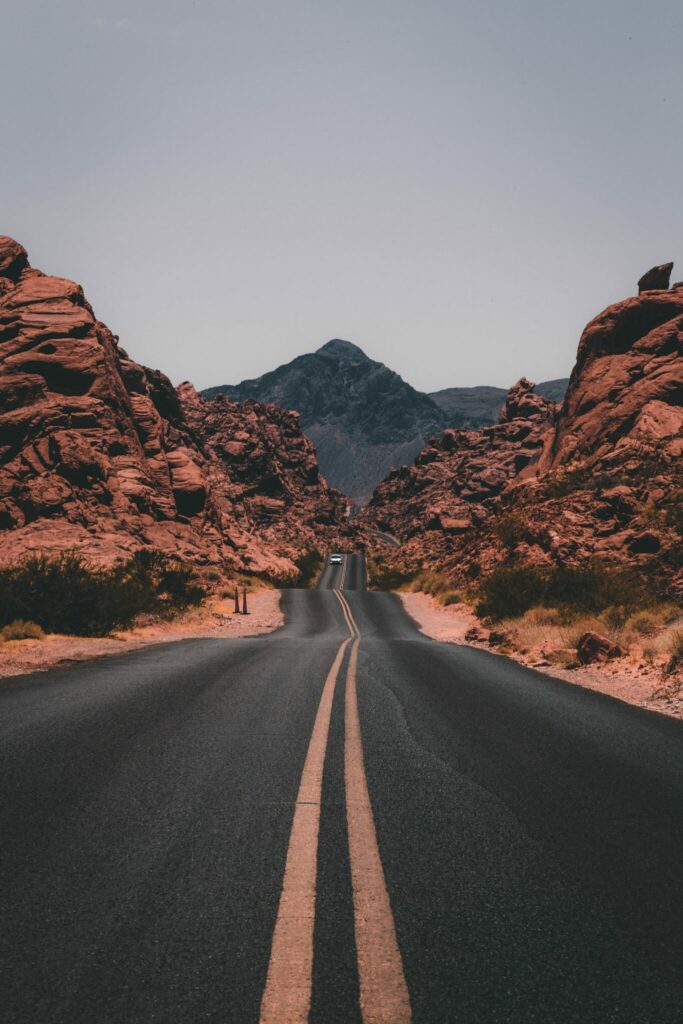Most Recent News


Popular News



Eat better. The basics of healthy eating do not need to be complicated. Here is a free, simple, and quick nutrition guide.

Fixing the mess we are in starts with fixing our people and ourselves. Our people’s eating habits leave much to be desired. The Western diet isn’t exactly doing us any favors. Especially over the long term.
It’s difficult for me to take unhealthy and overweight people seriously when they discuss what society or other people should be doing. It’s not a clear-cut indicator, but it’s a pretty obvious message that they can’t even figure out how to fix their own life or health—So why trust them on something of an even more grand scale? This isn’t always the case, but it is one red flag. The way people live their life, their background, and their work tells far more about a person than their words. Works justify the man.
Obesity rates are insanely high and even our thin people are eating like lab rats. We have to fix this. So, here is a quick, easy, and simple guide to healthy eating.
The following are some notable macronutrients:
If you want a complex breakdown of these, look here.
The simple idea is to get a reasonable distribution of the first three (carbs, fats, proteins), drink plenty of water, and avoid excess sugar.
Some people avoid carbs all together, some people avoid fat altogether, some do specific diets (Paleo, carnivore). My best advice is to find a diet you could stick with for the rest of your life. Healthy eating is a lifestyle change, it is not solely a weight-loss strategy.
I don’t stick to any one specific dietary plan, preferring instead to keep a reasonable split (something like 40/30/30 – carbs, protein, fat) because it provides enough flexibility for me to stick with it. Don’t get too bogged done with specific diets, just find a distribution you can stick with, drink plenty of water, and avoid the sugar to be acceptable with the macro portion of a healthy diet.
This includes things like:
This one is relatively easy, but often overlooked. Dietary guidelines have “daily values” of vitamins and minerals that should be hit. Or in the cases of the ones that are problematic in higher doses, upper limits of “do not exceed”.
You can review these here. Make sure to diversify your food so you’re getting enough of these essentials but not overdoing it. If you follow certain principles I have laid out below, you’ll hit them all without issue.
Calorie in, calorie out. I know certain nutrition fundamentalists that hate this philosophy and seek to put blame elsewhere, but it is simple, and it works. It’s simple math revolving around energy expenditure.
Certain calories may or may not be worse for you, depending on how they interact with the body. The science isn’t really conclusive. I don’t think any of us trust the science anyway, considering that it wasn’t that long ago that “fat” was bad for us and cigarettes were doctor-recommended. But common sense both tells us and shows us that if we eat less than what our body needs to maintain, weight will go down.
The simple way to approach this is like a mathematical equation: if you eat fewer calories than you burn, you will lose weight over time. Don’t overcomplicate it. You don’t need crazy diets or pills. You don’t need to focus on certain macros or exercise three hours a day. Just eat fewer calories.
Using this calculator, you can figure out your calorie needs for each day. Stick with the “sedentary calculation” for most people, just to get an idea of your basic metabolic rate (BMR).
For instance, my metabolic rate is about 1800. If I’m sedentary (office job), I can get up to 2200-2300 calories a day. If I’m more active, I get a bit more wiggle room. However you align, this is your “stay the same level”. This means to lose a pound (3500 calories) a week, I need to eat about 1700 calories a day, if not including exercise. 500 fewer calories a day than your maintenance level will make you lose a pound a week. In my personal experience, it’s usually more than this. If I drop 500 off, I’ll usually lose more like 1.5-2 pounds a week. Your results may differ.
The calculator also gives you an idea of the macronutrients you should hit per day, regardless of if you are seeking weight loss or just maintaining.

This one is not that hard to learn, but it is essential. It’s how you know you’re getting the right macros and micros.
If you haven’t ever actually read anything about how to read a label, the FDA is a good start. Even if you think you know what it means, you’ll likely learn something. It explains each piece and how they relate to one another.
This is a helpful PDF:
You can also use an app like MyFitnessPal or something similar to track all the macro/micros by just scanning a barcode on any food product. Most of these apps should include all the items on a nutrition label for easy tracking. That’s the easiest to start with, before you get an idea of the overall food you’re eating regularly.

This one is just as important, if not more important, than the nutrition label. It’s also often the one most overlooked.
First off: It’s important to know that the ingredients are listed in descending order by weight. The example above starts with two different kinds of corn syrup, followed closely by actual sugar, which indicates that this product is absolute trash. Even if it had low calories (it doesn’t), it would still be horrifically unhealthy because of the ingredients.
The ingredient list should be short. It should be things you understand and know what they are. A can of sardines should have one ingredient: sardines. A can of peas should have one ingredient: peas. You’re looking mostly for whole foods and clean products, not ones with 50 different random unpronounceable words.
Do not listen to any marketing present on the container. Everything is listed as “low fat”, “healthy”, or some other qualifier of something good on the package. Just read the ingredients.
Healthline has a good article on misleading advertising and what to be on the lookout for. Don’t trust any front package. Always look to the ingredients.
In general, you want to avoid anything you can’t pronounce or don’t know what it is. This will eliminate about 75% of food in most American grocery stores. This will also eliminate practically all fast food.
You especially do not want the following things:
If you see them in the ingredient list, avoid the product. That product is designed to make you into a fat and lazy human-pig hybrid by the NWO.
Whole foods. The key is always whole foods.
The fewer ingredients on the ingredients label, the better (usually). You can buy craft artisan bread instead of bromated bread. Buy fish that has one ingredient: “Fish”, instead of pre-prepped fish that has 50 ingredients in it. Avoid anything overly processed. Buy food diverse enough to hit the macronutrients goal you have found when using the TDEE calculator. Consider using a calorie/macro tracker app to help you the first 30-90 days so you know you’re actually hitting them. Then, just use memory to figure it out day-by-day.
Get meat, chicken, and similar for protein. Veggies for the micronutrients. Fruits for a mix of minerals, micro, and macros. Just eat pure whole food, no extra ingredients, and watch the labels.
If you already do the above, you can go further. Start buying only pure organic vitamin D milk (no-RGHB). Pick up only pastured grass-fed (and grass finished) meat. Only free roaming, pasture-raised eggs and chicken.
Start choosing only organic foods or farm-to-table foods. Only shop at more natural-based grocery stores. Start making some things that usually have preservatives at home, such as yogurt, bread, and other staples. Consider getting einkorn ancient grains instead of traditional bread. Start using local honey or molasses as your only source of added sugar (as a sweetener).
Eat things that are only in-season locally, often found at local-only farmers’ markets or co-ops. Buy a seasoning/spices kit to flavor your food. Plant your own food and herbs so you have total control of it. Get a freezer and buy a 1/8 or 1/4 of a cow from a local farm that does a grass fed/grass finished routine to not have to buy any grocery store meat for a year. Get a wife that is a nutrition nut and likes to cook.
These steps can take it to a whole new level. The difference in energy and motivation from someone eating healthy versus eating the processed trash is astronomical.
This is more effective the older you are. I know 70-year-olds that can outrun most people in their young 20s right now, because those older folk have been eating healthy and exercising for decades. They still have that fountain of youth. You can too, but you have to put down the redditor hot-pockets.
This is a lifestyle change. This is how we’re supposed to eat every day for the rest of our lives. We’re not supposed to be fat, gluttonous, sugar-filled, and soy-pumped humans. We need lean, whole foods. Meat, chicken, eggs, veggies, fruits, and the like.
Be prepared for if you transition to this new lifestyle. Don’t go too quick if you’re just starting out. You’ll likely need a sugar and craving detox period along with a slow growth to healthy eating. It’s not an overnight change.
But it’s absolutely worth it.
If trends continue, you just may end up being one of the slim minority of healthy people in a majority obese country.
Read Next:
Want To Keep Your Sperm? Stop Eating The Western Diet
If you enjoyed this article, bookmark the website and check back often for new content. New articles most weekdays.
You can also keep up with my writing by joining my monthly newsletter.
Help fight the censorship – Share this article!

(Learn More About The Dominion Newsletter Here)